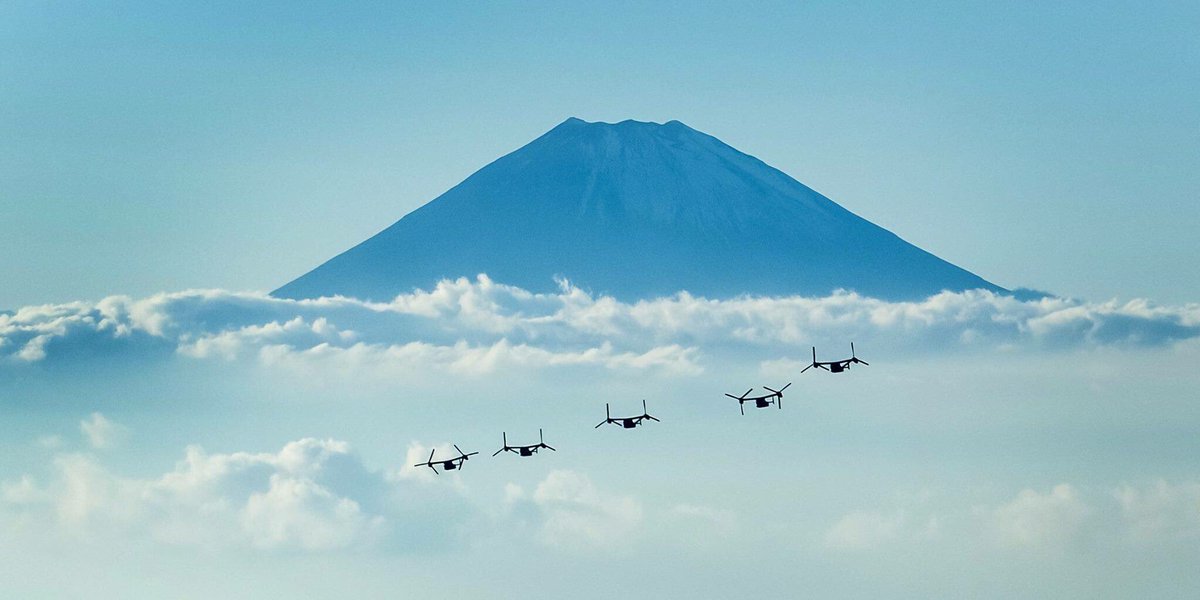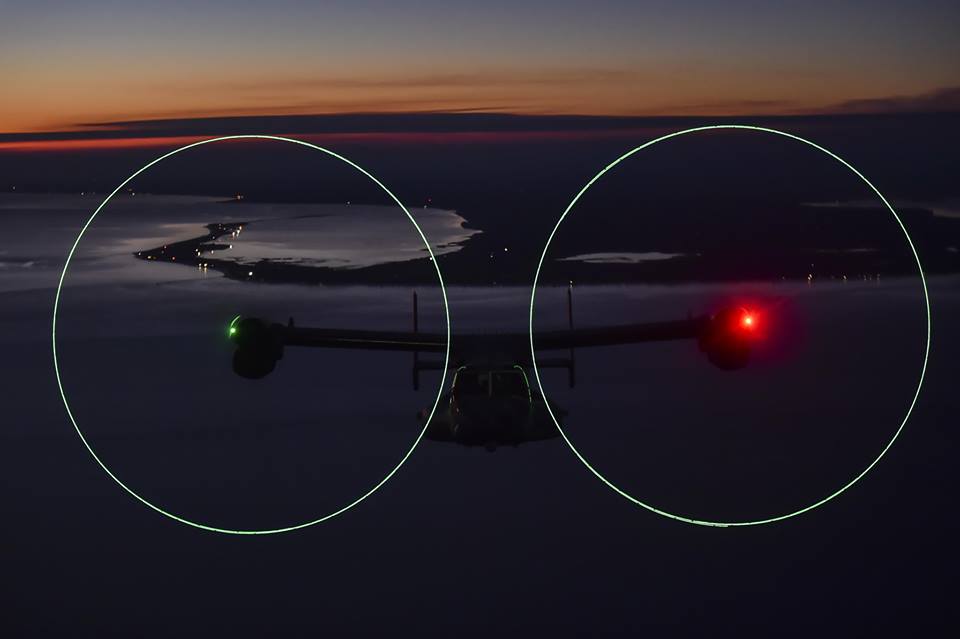New Osprey Variant in 2030
The Marine Corps is in the early stages of planning to build a new, high-tech MV-22C variant Osprey tiltrotor aircraft to enter service by the mid-2030s, service officials said.
While many of the details of the new aircraft are not yet available, Corps officials told Scout Warrior that the MV-22C will take advantage of emerging and next-generation aviation technologies.
The Marine Corps now operates more than 250 MV-22 Ospreys around the globe and the tiltrotor aircraft are increasingly in demand, Corps officials said.
“This upgrade will ensure that the Marine Corps has state-of-the-art, medium-lift assault support for decades to come,” Corps spokesman Maj. Paul Greenberg told Scout Warrior in a written statement.
The Osprey is, among other things, known for its ability to reach speeds of 280 knots and achieve a much greater combat radius than conventional rotorcraft.
Due to its tiltrotor configuration, the Osprey can hover in helicopter mode for close-in surveillance and vertical landings for things like delivering forces, equipment and supplies – all while being able to transition into airplane mode and hit fixed-wing aircraft speeds. This gives the aircraft an ability to travel up 450 nautical miles to and from a location on a single tank of fuel, Corps officials said.
“Since 2007, the MV-22 has continuously deployed in a wide range of extreme conditions, from the deserts of Iraq and Libya to the mountains of Afghanistan and Nepal, as well as aboard amphibious shipping. Between January 2007 and August 2015, Marine Corps MV-22s flew more than 178,000 flight hours in support of combat operations,” Greenberg added.
Corps officials said th idea with the new Osprey variant is to build upon the lift, speed and versatility of the aircraft’s tiltrotor technology and give the platform more performance characteristics in the future. While few specifics were yet available -- this will likely include improved sensors, mapping and digital connectivity, even greater speed and hover ability, better cargo and payload capacity, next-generation avionics and new survivability systems such as defenses against incoming missiles and small arms fire.
Greenberg also added that the MV-22C variant aircraft will draw from technologies now being developed for the Army-led Future Vertical Lift program involved in engineering a new fleet of more capable, high-tech aircraft for the mid-2030s
“The MV-22C will take advantage of technologies spurred by the ongoing joint multi-role and future vertical lift efforts, and other emerging technology initiatives,” Greenberg added.
The U.S. Army is currently immersed in testing with two industry teams contracted to develop and build a fuel-efficient, high-speed, high-tech, next-generation medium-lift helicopter to enter service by 2030.
The effort is aimed at leveraging the best in helicopter and aircraft technology in order to engineer a platform that can both reach the high-speeds of an airplane while retaining an ability to hover like a traditional helicopter, developers have said.
The initiate is looking at developing a wide range of technologies including lighter-weight airframes to reduce drag, different configurations and propulsion mechanisms, more fuel efficient engines, the potential use of composite materials and a whole range of new sensor technologies to improve navigation, targeting and digital displays for pilots.
Requirements include an ability to operate in what is called “high-hot” conditions, meaning 95-degrees Fahrenheit and altitudes of 6,000 feet where helicopters typically have difficulty operating. In high-hot conditions, thinner air and lower air-pressure make helicopter maneuverability and operations more challenging.
The Army’s Joint Multi-Role Technology Demonstrator, or JMR TD, program has awarded development deals to Bell Helicopter-Textron and Sikorsky-Boeing teams to build “demonstrator” aircraft by 2017 to help inform the development of a new medium-class helicopter.
Textron Inc.’s Bell Helicopter is building a tilt-rotor aircraft called the Bell V-280 Valor – and the Sikorsky-Boeing team is working on early testing of its SB>1 Defiant coaxial rotor-blade design. A coaxial rotor blade configuration uses counter-rotating blades with a thrusting technology at the back of the aircraft to both remain steady and maximize speed, hover capacity and manueverability.
The Bell V-280 offering is similar to the Osprey in that it is a tiltrotor aircraft.
Planned missions for the new Future Vertical Lift aircraft include cargo, utility, armed scout, attack, humanitarian assistance, MEDEVAC (medical evacuation), anti-submarine warfare, anti-surface warfare, land/sea search and rescue, special warfare support and airborne mine countermeasures, Army officials have said.
Other emerging technology areas being explored for this effort include next-generation sensors and navigation technologies, autonomous flight and efforts to see through clouds, dust and debris described as being able to fly in a “degraded visual environment.”
Meanwhile, while Corps officials say they plan to embrace technologies from this Army-led program for the new Osprey variant, they also emphasize that the Corps is continuing to make progress with technological improvements to the MV-22.
These include a technology called V-22 Aerial Refueling System, or VARS, to be ready by 2018, Greenberg explained.
“The Marine Corps Osprey with VARS will be able to refuel the F-35B Lightning II with about 4,000 pounds of fuel at VARS' initial operating capability. MV-22B VARS capacity will increase to 10,000 pounds of fuel by 2019. This will significantly enhance the F-35B's range, as well as the aircraft's ability to remain on target for a longer period,” he told Scout Warrior.
The aerial refueling technology on the Osprey will refuel helicopters at 110 knots and fixed-wing aircraft at 220 knots, Lemaster added.
"The intent is to be able to have the aircraft on board the ship have the auxiliary tanks on board. An aircraft can then fill up, trail out behind the Osprey about 90-feet," he explained.
The VARS technology will also be able to refuel other aircraft such as the CH-53E/K, F-18, AV-8B Harrier jet and other V-22s, Greenberg added.
The Corps is also developing technology to better network Osprey aircraft through an effort called “Digital Interoperability,” or DI. This networks Osprey crews such that Marines riding in the back can have access to relevant tactical and strategic information while in route to a destination. DI is now being utilized by the 15th Marine Expeditionary Unit and is slated to be operational by 2017.









